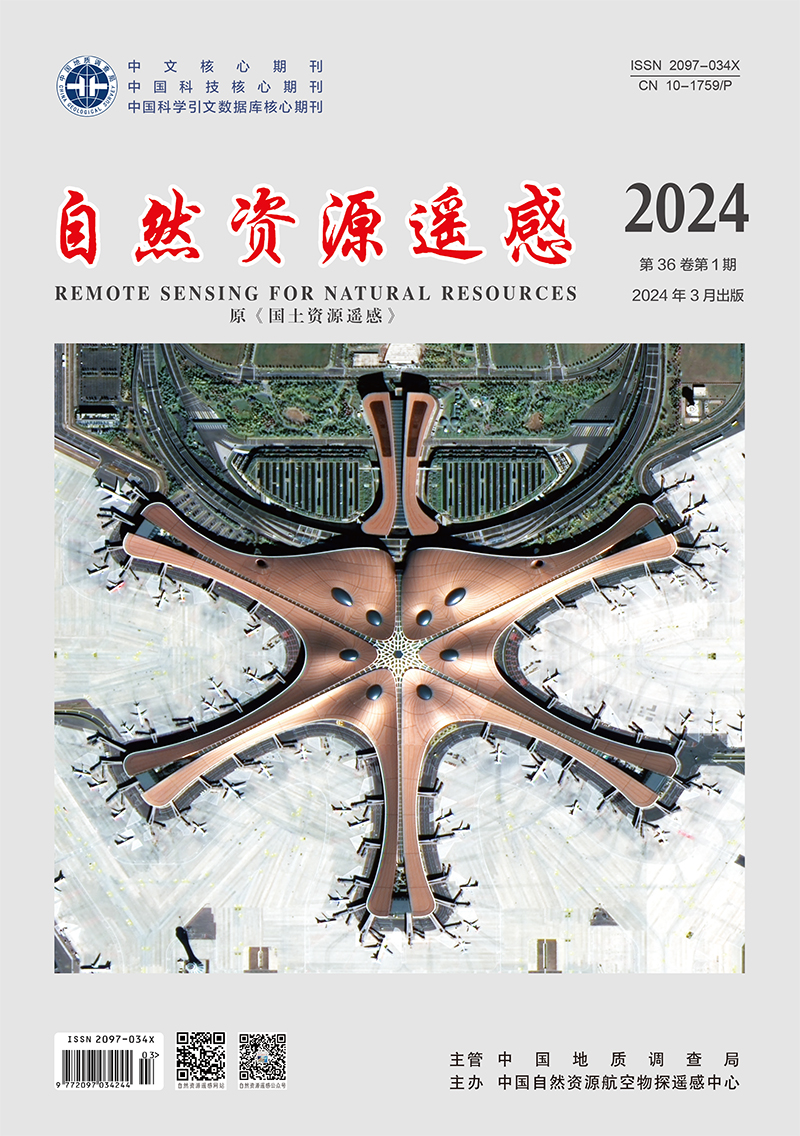MING Xiaoyong, TIAN Yichao, ZHANG Qiang, TAO Jin, ZHANG Yali, LIN Junliang. 2024. Monitoring and analyzing land subsidence in Qinfang, Guangxi based on Sentinel-1A data. Remote Sensing for Natural Resources, 36(1): 35-48. doi: 10.6046/zrzyyg.2022370
| Citation: |
MING Xiaoyong, TIAN Yichao, ZHANG Qiang, TAO Jin, ZHANG Yali, LIN Junliang. 2024. Monitoring and analyzing land subsidence in Qinfang, Guangxi based on Sentinel-1A data. Remote Sensing for Natural Resources, 36(1): 35-48. doi: 10.6046/zrzyyg.2022370
|
Monitoring and analyzing land subsidence in Qinfang, Guangxi based on Sentinel-1A data
-
1. Key Laboratory of Marine Geographic Information Resources Development and Utilization, College of Resources and Environment, Beibu Gulf University, Qinzhou 535000, China
-
;2. Guangxi Key Laboratory of Marine Disaster in the Beibu Gulf, Beibu Gulf Ocean Development Research Center, Beibu Gulf University, Qinzhou 535000, China
More Information
-
Corresponding author:
TIAN Yichao
-
Abstract
This study aims to lay the scientific foundation for regional disaster prediction, prevention, and control, as well as urban planning, by analyzing the spatio-temporal distribution, evolutionary patterns, and driving factors of land subsidence in the Qinfang area, Guangxi Province, China. Using the small baseline subset interferometric synthetic aperture radar (SBAS-InSAR) technique, this study extracted information on land subsidence in the study area during 2018—2021 from 45 scenes of Sentinel-1A SAR images. By combining the geological setting, precipitation, land use, and road data and using methods such as GIS spatial analysis, mathematical statistics, remote sensing image classification, and change detection, this study conducted visual and quantitative analyses of the overall characteristics, spatio-temporal evolutionary trends, and influencing factors of land subsidence in the study area. The results show that: ① In the spatial dimension, the ground deformations, at rates ranging from -114.37 to 58.55 mm/a within the study area, exhibited extensive but significantly nonuniform distributions during 2018—2021. Consequently, three primary subsidence centers emerged in the central and southern urban areas of Qinnan District, Qinzhou Port, and the port area, with subsidence areas expanding southward annually; ② In the temporal dimension, the subsidence centers displayed an overall uneven subsidence trend over time. Besides, they exhibited periodic rebounds, with a maximum rebound amplitude of 18.4 mm; ③ In terms of influencing factors, primary factors causing land subsidence in the study area included urbanization, road density, tectonic movement, stratigraphy, precipitation, and sea level rise, which play a predominant role in the expansion and intensification of land subsidence.
-

-
-
Access History







 DownLoad:
DownLoad: